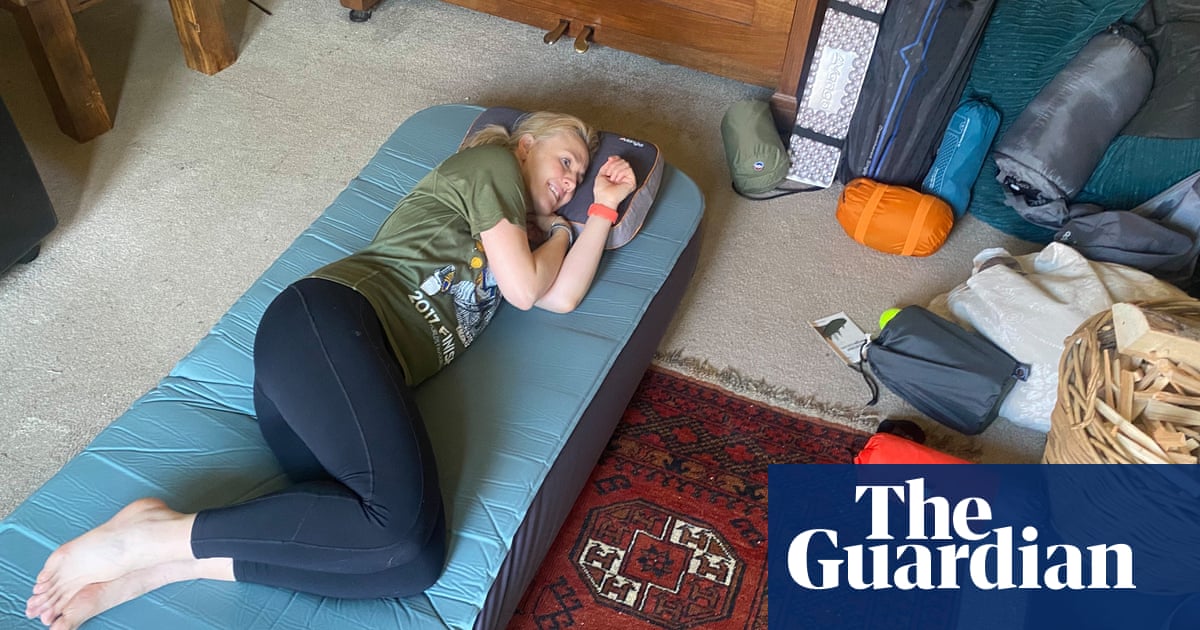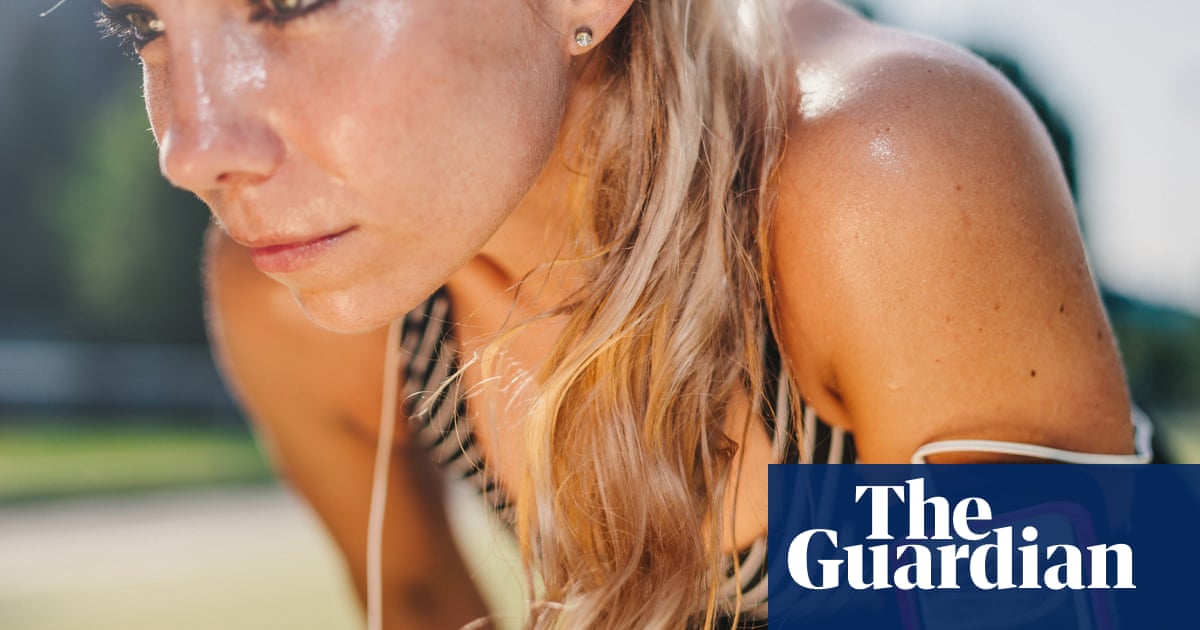To hear many social media influencers tell it, a proper skincare routine requires dozens of expensive lotions and potions applied in complex, multistep sequences multiple times a day, and an understanding of advanced chemistry that would put Marie Curie to shame.
As customers stock up on all the creams, toners, masks and acids the epidermis supposedly requires, companies are cashing in. According to a 2024 report from the business consulting firm McKinsey & Company, global beauty-market sales reached $446bn in 2023. By 2028, sales are expected to reach $590bn.
With all the noisy marketing, how do we know what skin actually needs?
“It’s very understandable that today, many patients are overwhelmed and have no idea what skincare products are best for them,” says Dr Elizabeth Bahar Houshmand, a double board-certified dermatologist. While everyone’s dermatological needs are different, Houshmand says, overdoing it on products can do more harm than good and, often, “less is more”.
Here’s what you need to know about starting a skincare routine.
What does the skin do?
Despite all the emphasis on its appearance, skin is not merely decorative.
Skin is the body’s largest and most adaptable organ, says Dr Charlie Dunn, a double board-certified dermatologist. Its three primary layers are the epidermis, which is the waterproof barrier at the top; the dermis, a “collection of collagen, scaffolding, hair roots, glands and nerves”; and a layer of subcutaneous fat below it, which serves as a shock absorber, energy reserve and form of insulation. Most topical skincare products work at the level of the epidermis.
The skin “essentially serves as our first line of defense against the outside world”, says Dr Lindsey Zubritsky, a board-certified dermatologist. It keeps “the good stuff in and the bad stuff out”, she says, meaning that it helps the body retain moisture and stay hydrated, and acts as a shield against so-called “environmental aggressors” like UV radiation and air pollution.
Additionally, the skin helps regulate the body’s temperature using mechanisms like sweat and blood-flow regulation, explains Houshmand. It also contains sensory receptors that detect touch, temperature and pain, and when it is exposed to sunlight, it triggers the production of vitamin D, which is essential for the immune system, nervous system and musculoskeletal system.
What does healthy skin look like?
Hailey Bieber once said she wanted her skin to look “like a glazed donut”. There have also been dewy dumpling and Jello skin trends.
But skin doesn’t need to look like confectionery to be healthy.
“Healthy skin is functional skin,” says Dunn. This means that skin feels comfortable (no itching, burning or tightness), looks calm (no redness), holds moisture, heals quickly and stays balanced (no sudden flare-ups as a result of, for instance, mild soap or weather changes).
Healthy skin also has an even texture and tone, is uniform in pigmentation, is well-hydrated and has minimal sun damage, says Houshmand.
When skin is unhealthy, it can appear dry, red or inflamed; be full of acne breakouts; or be broken on its surface in some way, says Zubritsky. Unhealthy skin can be caused by internal factors like genetics, disease or poor nutrition, she explains, or by external factors like pollution, allergens and temperature changes.
Skin can also tell you about someone’s overall health and lifestyle, says Houshmand. Lots of time outdoors without adequate sun protection, for example, can lead to wrinkles, spots, uneven pigmentation and a loss of skin elasticity. A lack of sleep can result in dark circles under the eyes.
after newsletter promotion
What is a good beginner skincare routine?
A great skincare routine does three main things, says Dunn: cleanses, moisturizes and protects.
Keep it simple and stick to the essentials, says Zubritsky. “Always start and end your day with a gentle cleanser,” she says. Choosing a gentle cleanser is important, because this allows you to clean the skin without harming it.
After cleansing, use a moisturizer. This is a must no matter the skin type, Zubritsky says: “This will help heal, protect and keep the skin barrier intact.”
Finally, always apply a broad-spectrum sunscreen – SPF 30 or higher – no matter the weather.
None of these products needs to be expensive. “The best routines are simple, affordable and built on a solid foundation,” says Dunn.
More from How to start:
If you want to do more, Zubritsky suggests adding a retinoid at night to reduce signs of aging, and a vitamin C serum in the morning to brighten and protect the skin. But these aren’t essential. And if you do choose to expand your skincare routine, only add one product at a time so you can see how your skin adapts to it.
If your skin doesn’t immediately respond to a new routine, don’t despair. Skincare products take time to work properly, says Houshmand, and too often, people stop using them before they’ve had a chance to kick in.
Houshmand says she tells her patients it takes a minimum of four to six weeks to see any changes, and three to six months to see the optimal results of a product or regimen.
“Nothing works in a day or a week,” she says.

.png) 3 months ago
48
3 months ago
48

















































